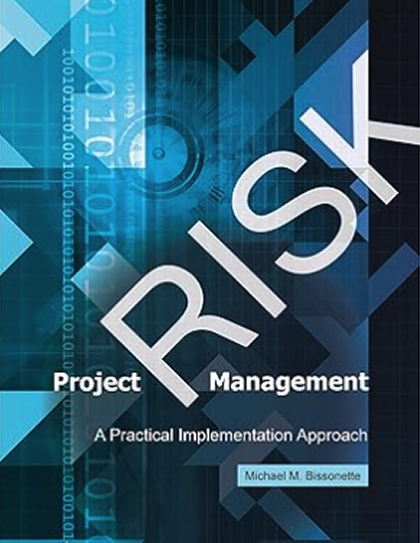The Risk Adjusted Agile Framework (RAAF) is an approach that integrates structured risk management processes into Agile methodologies, such as Scrum or Kanban, to systematically identify, assess, and address risks through out the project lifecycle.
A core tool in this framework is the risk-adjusted backlog, where backlog items are prioritized based on a combination of business value and associated risk levels. High-risk, high-value items are typically tackled earlier to mitigate uncertainties before they impact project outcomes.
Examples
A software development team identifies a user story involving a new payment gateway integration as high-risk due to potential security issues. By prioritizing it in the next sprint, they address vulnerabilities early, ensuring compliance and functionality.
.png)

